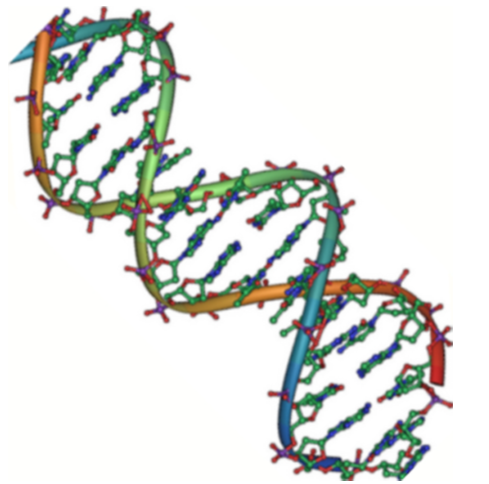In a typical nerve cell, the nucleus is found in the _____
A) cell body
B) synaptic terminals
C) axonal region
D) dendritic region
E) synapse
Answer: A
You might also like to view...
Imagine that you are a medical student working in a cancer research laboratory. Your boss has given you samples of cancer cells and blood from a patient
She has told you that the cells have no mutations in any of their signaling molecule proteins (i.e., all the proteins are normal), but the cells' signaling transduction properties are not normal, causing them to be cancerous. Which of the following could account for the increased cell proliferation in the patient? A. The cells taken from the patient have more growth factor receptors than normal. B. The concentration of a signaling molecule in the patient is higher in the patient than usual. C. The cells taken from the patient exhibit a reduced level of signal amplification. D. Both A and B. E. A, B, and C.
Primary RNA transcripts can be spliced differently so that the primary transcripts generated from a single gene can give rise to more than one kind of processed mRNA transcript and thus more than one kind of protein
A. true B. false
DNA has a double helix structure. Refer to the figure below. What two components make the outside rails (called the backbone) of the double helix?

a. nitrogenous bases and carbon
b. hydrogen and ribose
c. sugar and phosphate
d. enzymes and sugar
Bacteria that cause tooth decay can lead to ____
a. diarrhea b. constipation c. hepatitis d. gingivitis e. gastritis